WTF? (WHAT’S THAT FISH?) . YELLOWHEAD JAWFISH
The WTF series is designed to bring some of the more outlandish reef denizens under close scrutiny. Jawfishes (Opistognathidae) come into this category, not least because of their interesting ways with their eggs. Also, they tend to stick upright out of the substrate, which is not especially fishy behaviour.
More than 50 species of jawfish are found around the world. In the Bahamas, you are most likely to encounter the Yellowhead (or Yellow-headed) variety. And if you think they look slightly… primitive, that’s because they are. In fact, their forebears (forefishes?) originated in prehistoric times, specifically the Miocene era (a lot of million years ago, I didn’t count exactly).
These rather extraordinary little fish superficially resemble certain types of BLENNY. Their modus operandi is to burrow down into sandy, gravelly or other loose substrate. They do so by cramming their mouths with sand and spitting it out to one side. By this means they form a tunnel of sorts in which they can live, and from which they can emerge, or half-emerge and take a look around them. As they do so, they hoover up passing food, mostly plankton and suchlike.
If something looks threatening while they are feeding or having a look around, they can simply duck down into their burrow for safety. They guard their patch against rivals, and behave ‘territorially’ in the jawfish community. One method is to ingest and then eject sand or gravel at a would-be intruder.
YES, BUT WHERE IS THE REAL ‘WTF?’ FACTOR HERE?
Good question. With a good and original answer. These little creatures are so-called ‘MOUTHBROODERS‘, meaning that they carry their eggs in their mouths. Depending on the species, females, males or even both parents (don’t try this at home) will do this at or after fertilisation. In effect the eggs are safely incubated until they hatch as fry. Then they are on their own.
ARE THERE ANY DRAWBACKS TO THIS UNUSUAL GESTATION METHOD?
Apart from accidentally swallowing the occasional potential junior, the eggs need aeration from time to time. This is achieved by expelling the eggs from the mouth, and quickly sucking them back in again. Try this very short video to see this rather improbable behaviour in action. It’s only 8 seconds – blink and you’ll miss the action. The eggs hatch into fry in 8 – 10 days, after which both parents can relax. Until the next time.






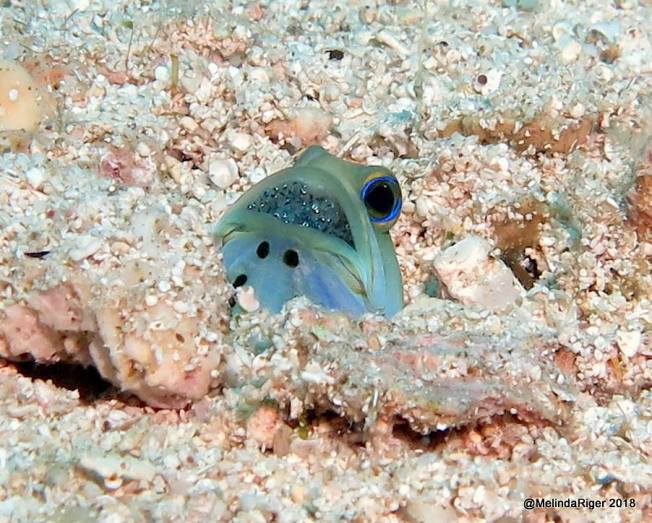

























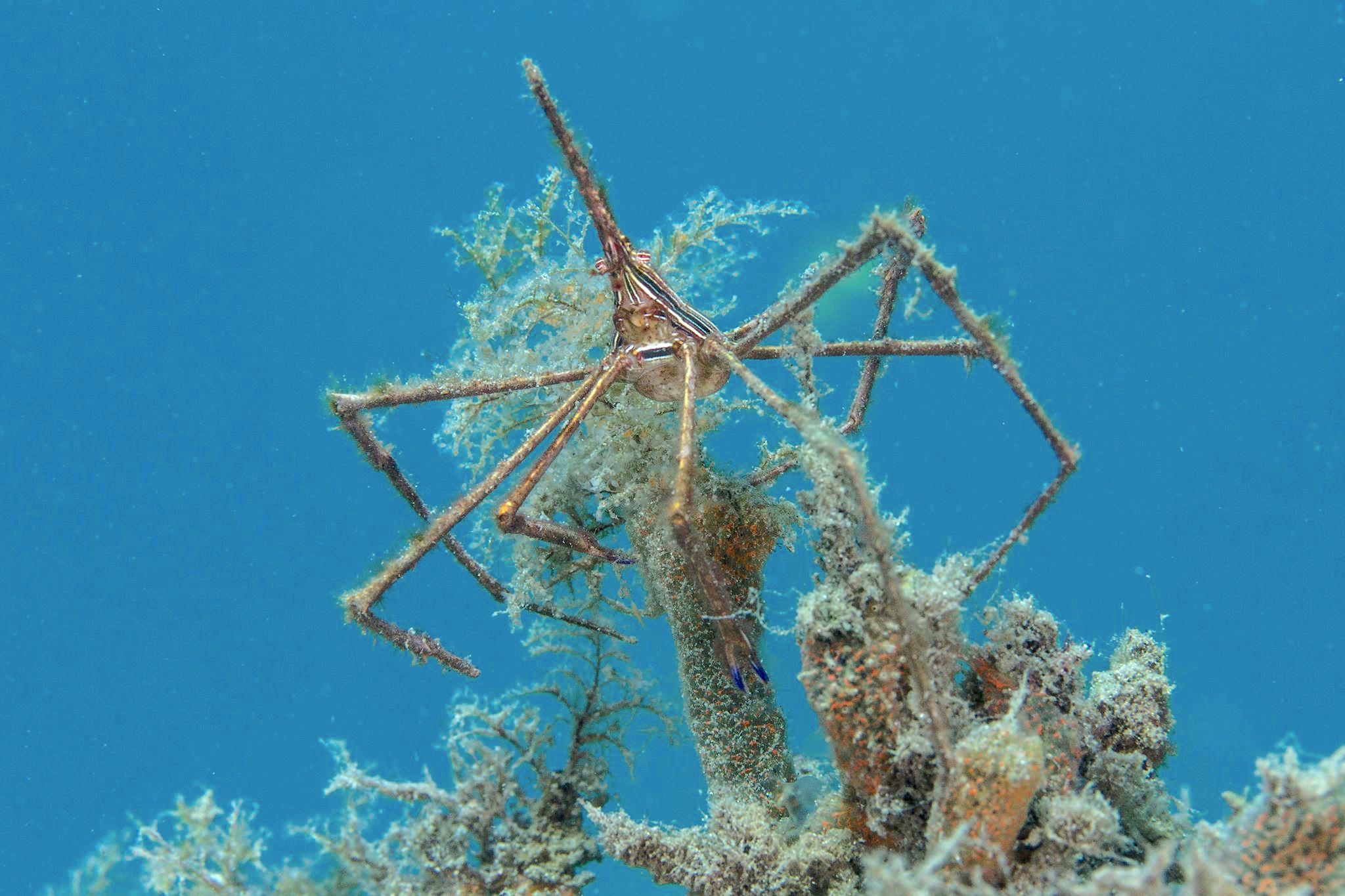

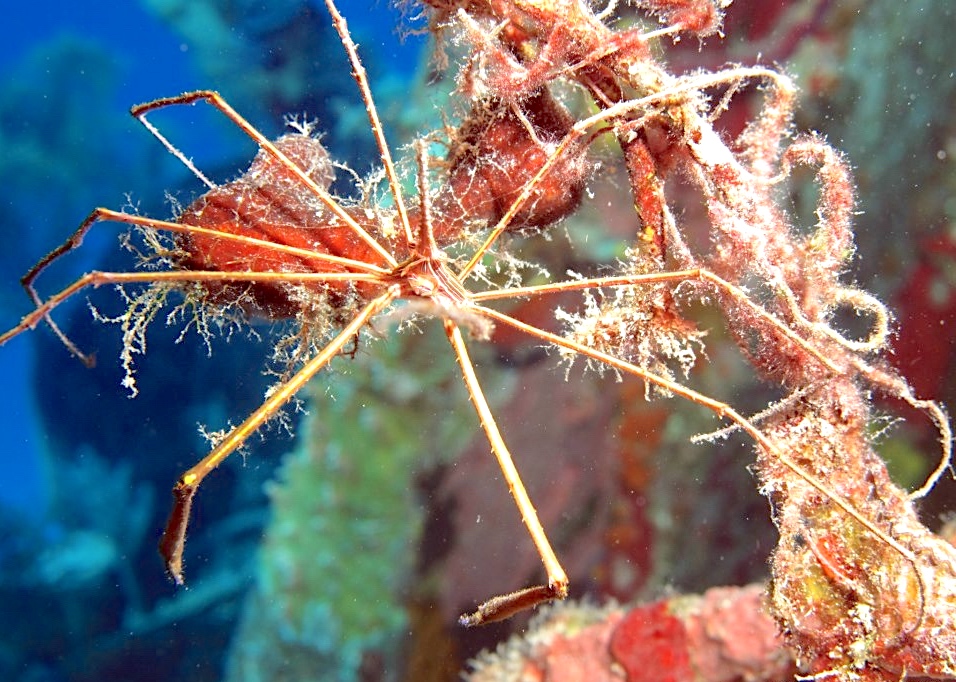



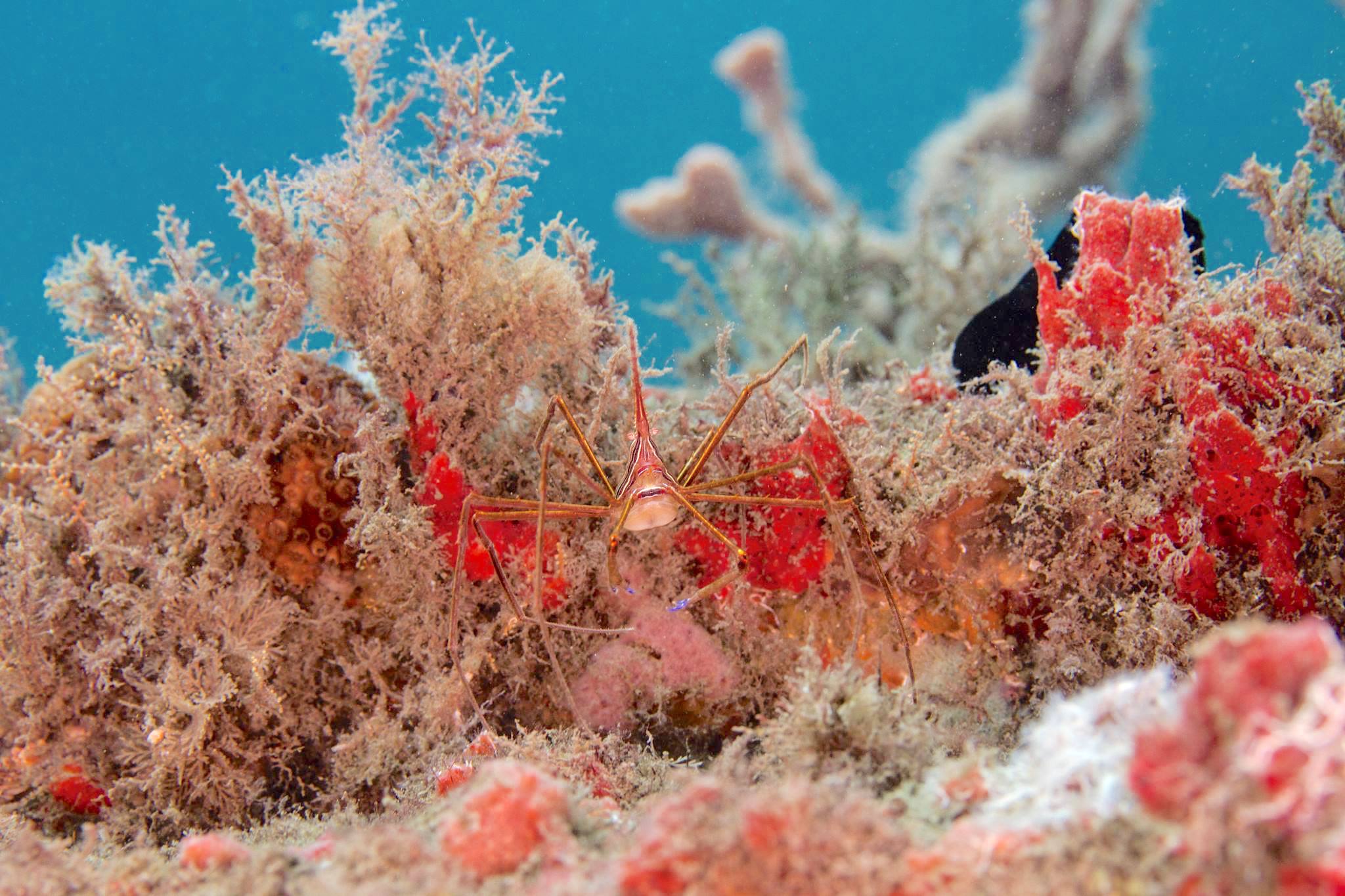























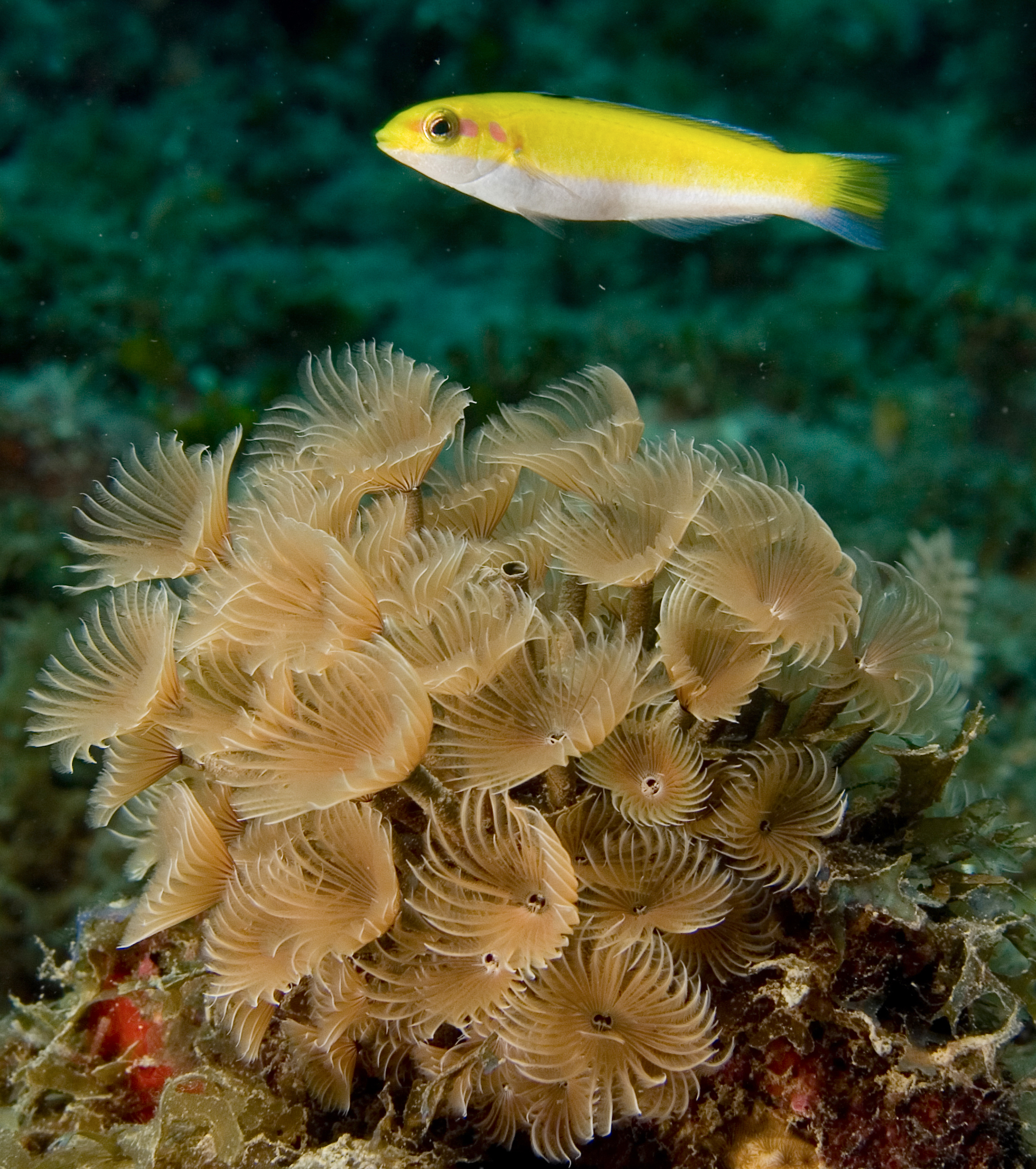






























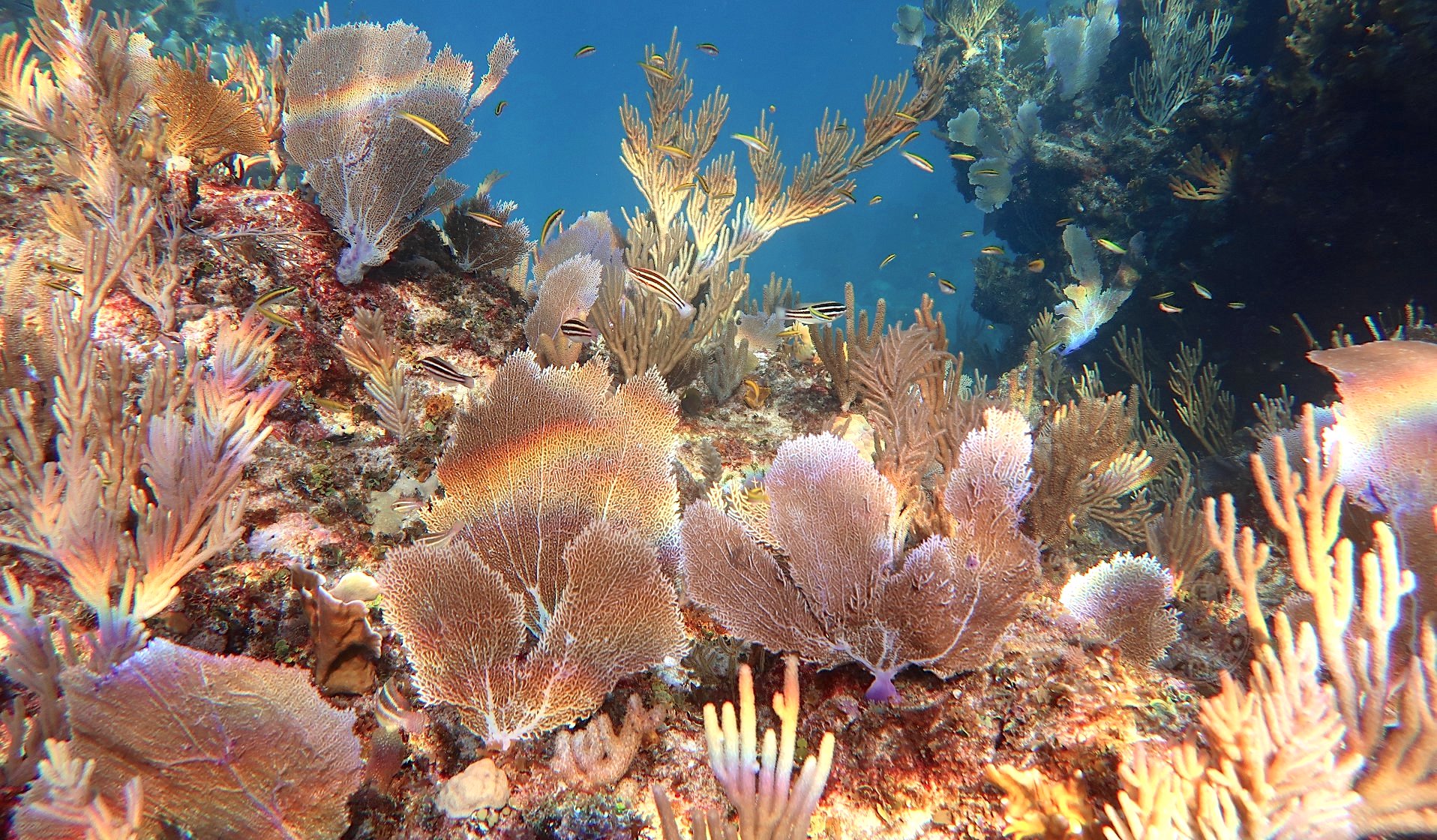

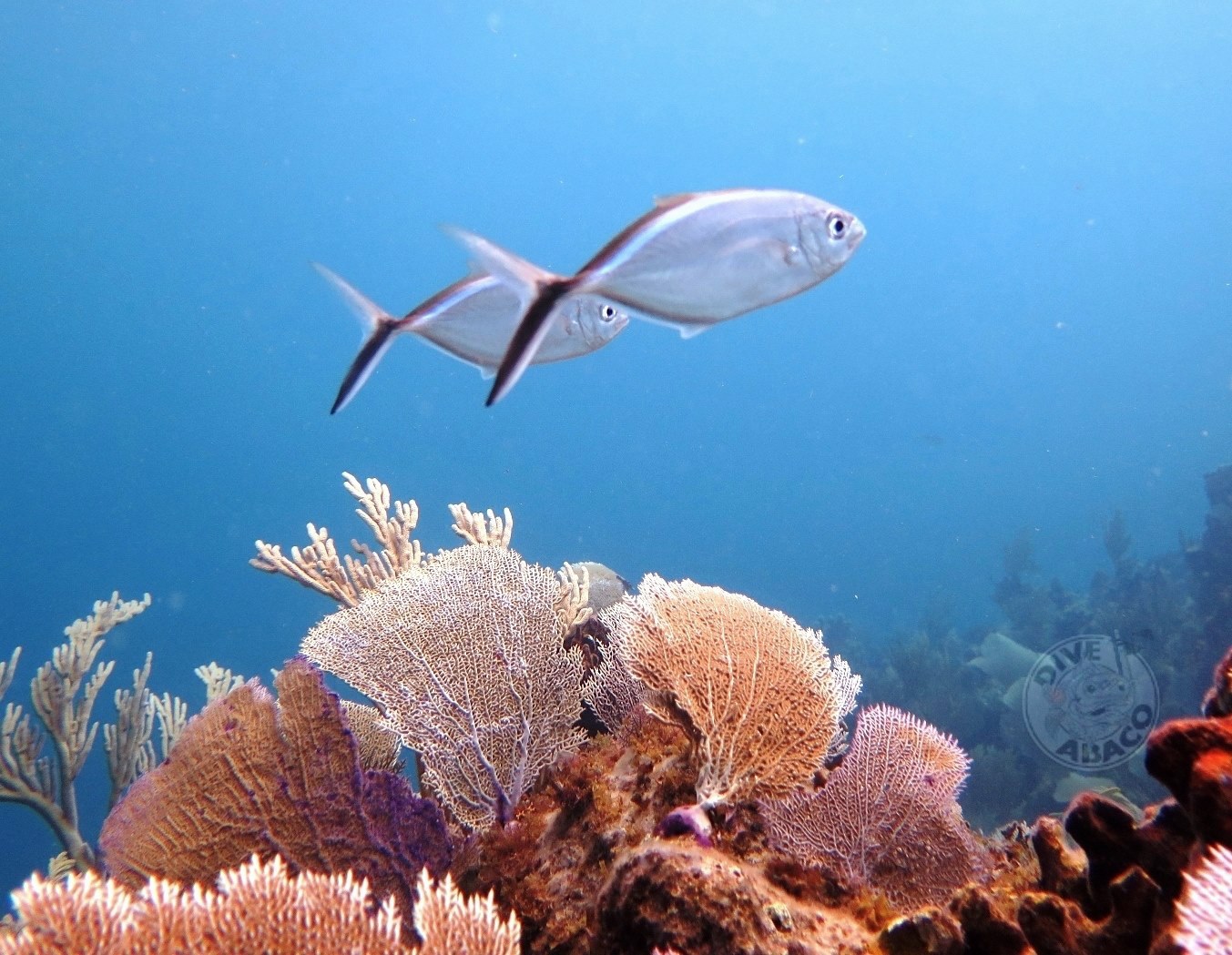
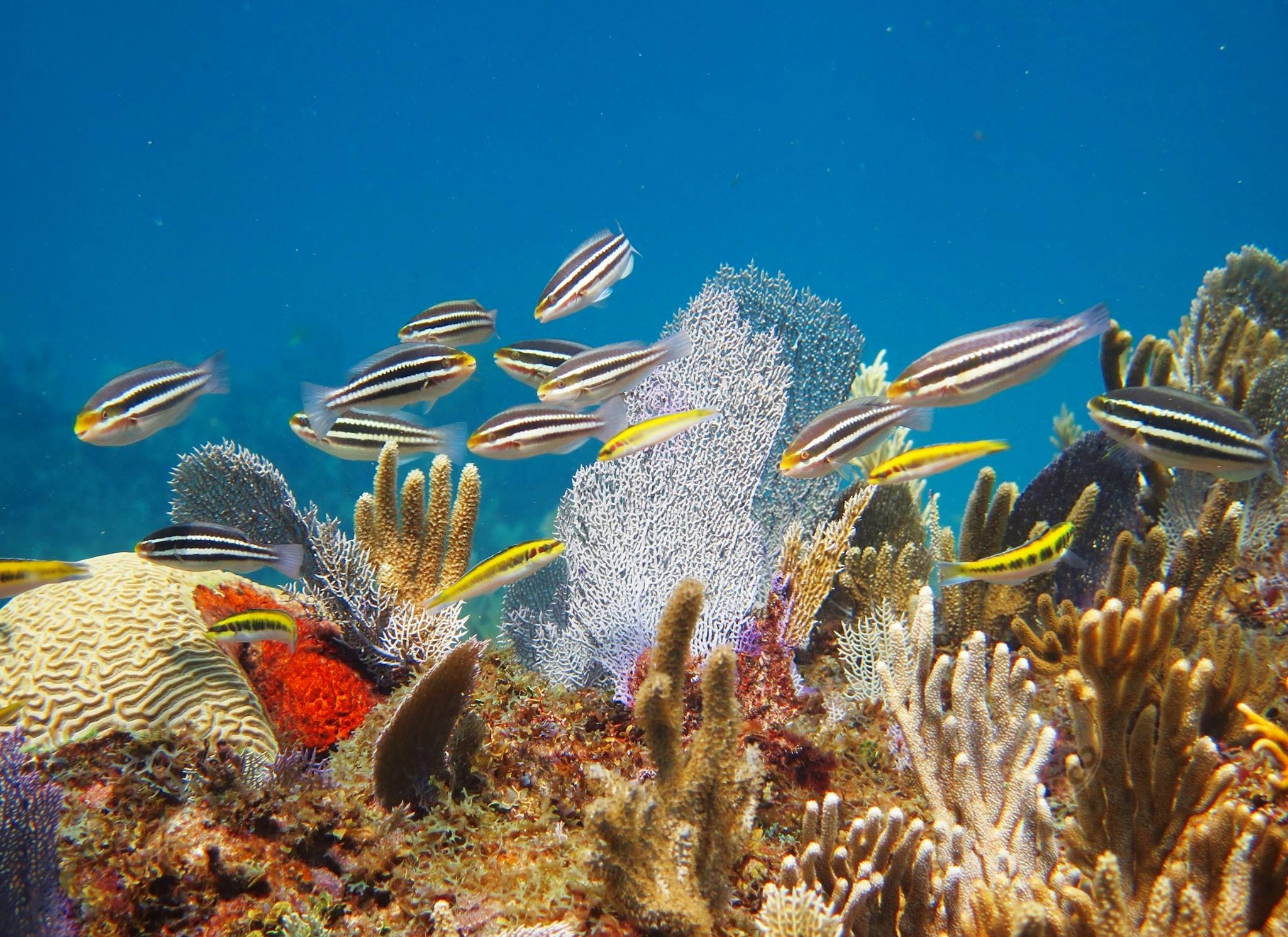

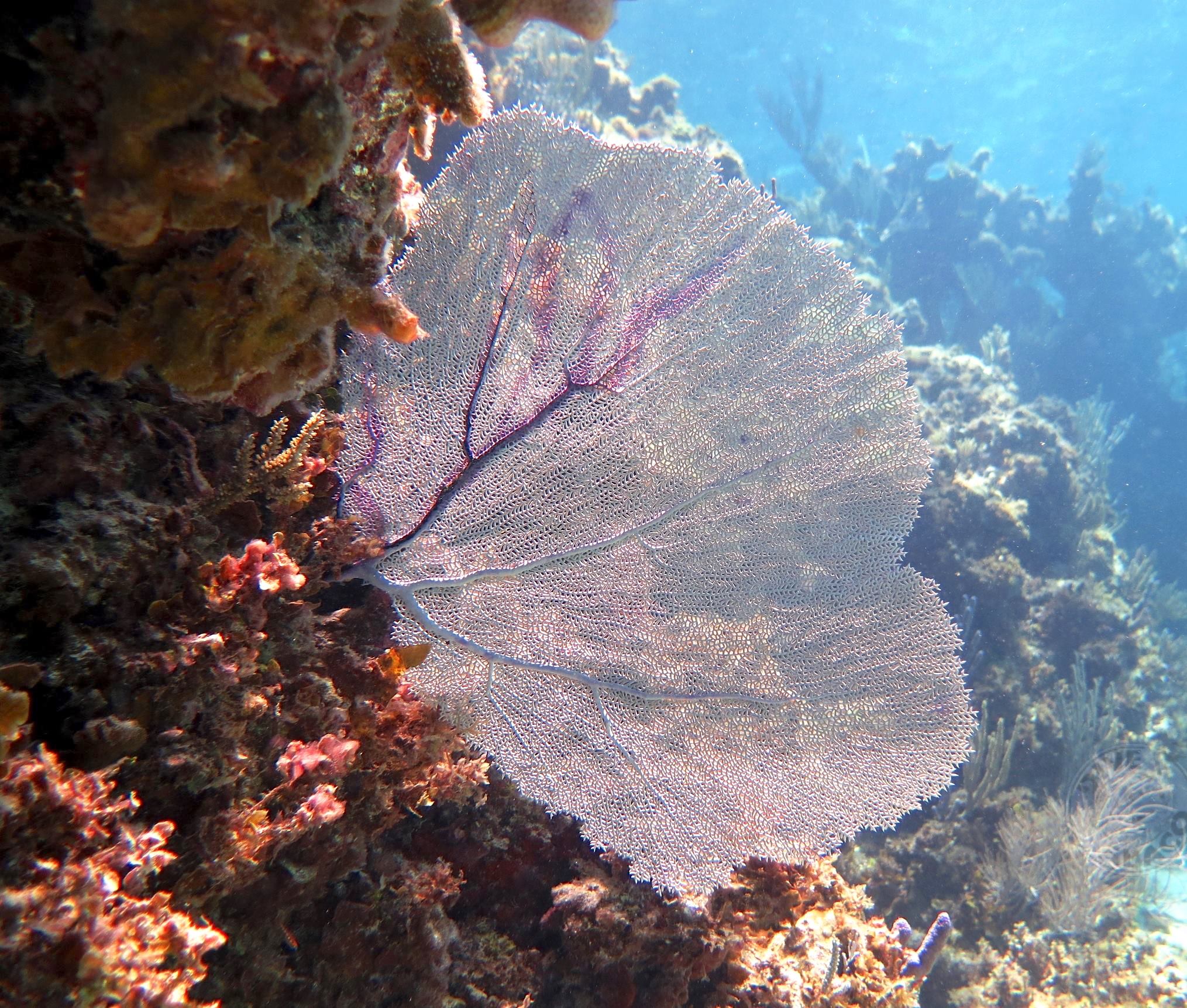







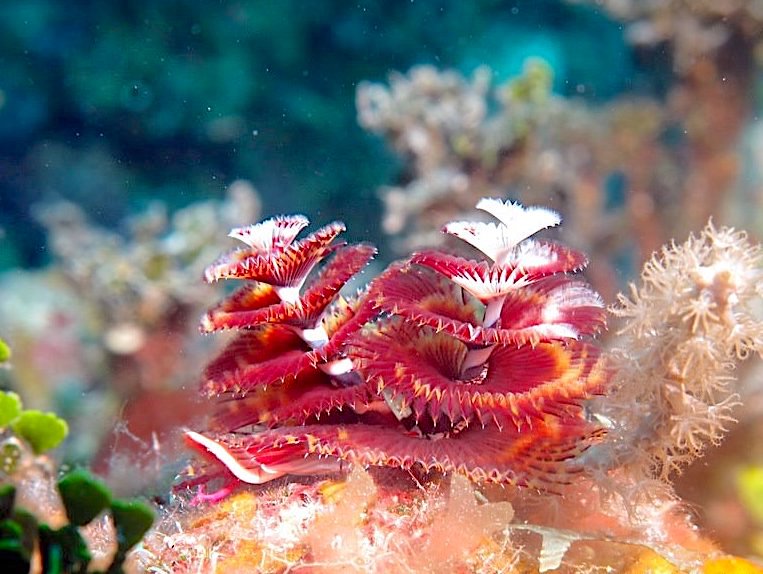






















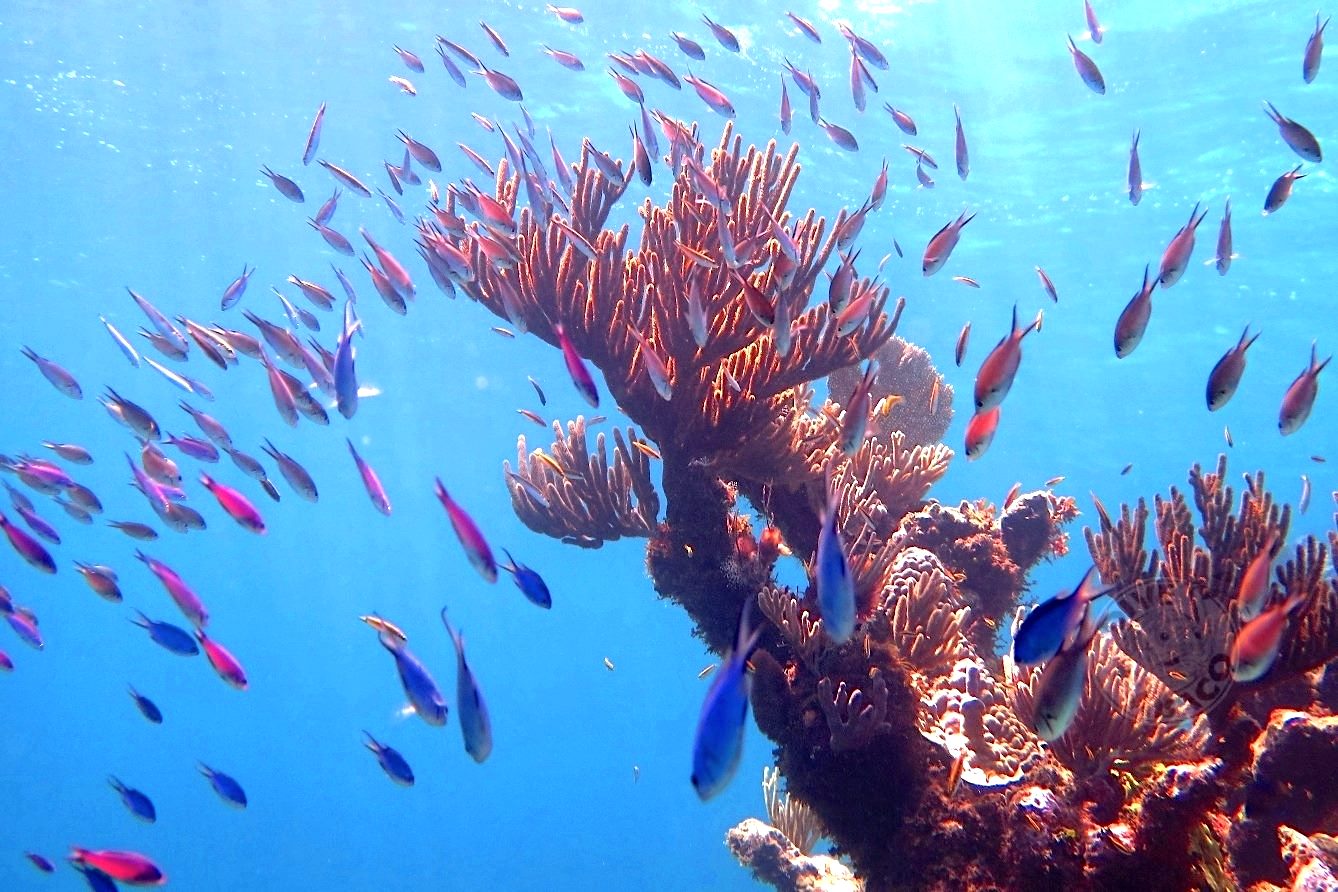


















You must be logged in to post a comment.